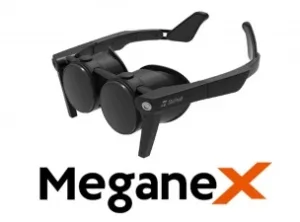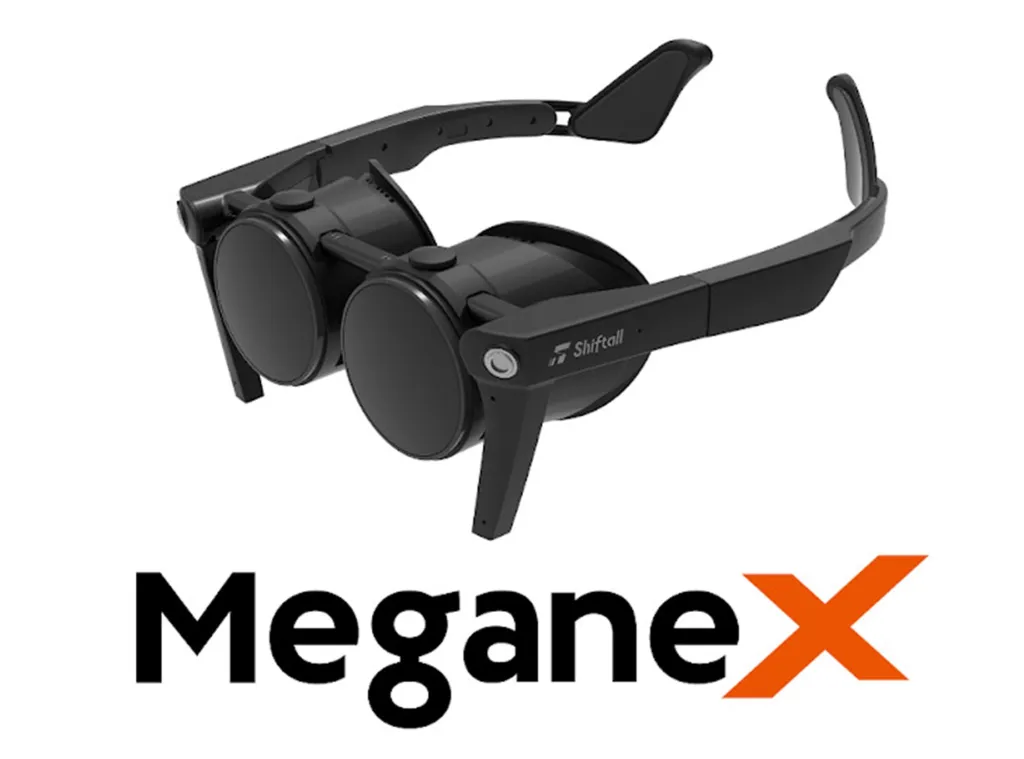Based on recent news reports, it sure seems like the VR industry is moving away from Fresnel lenses to Pancake optics and switching from glass-based OLEDs or LCDs to microdisplays based on OLED-on-silicon. And major display makers seem to be getting the message too.

LG Display used DisplayWeek to showcase its new OLED-on-silicon microdisplay and a report in The Elec said that Apple has asked Samsung Display to develop similar OLED microdisplays.
If all this sounds a bit familiar, it should. Kopin has been developing OLED microdisplays on Si and all-plastic Pancake optics for a while – and evangelizing on the combination’s benefits. I have covered Kopin’s progress and my company, Insight Media, has hosted three webinars on the advantages of the two technical approaches. (AR and VR: The Paradigm Shift to Smartglasses Starts Now – The Past; The Present; The Future) Looks like the industry is starting to agree.
The Displays
Microdisplays can offer very high pixel densities, over 3000 pixels per inch, in a small form factor of less than 1.3 inches (3.3cm). So far, the highest resolution for commercially available OLED-on-silicon microdisplays is 2.6K x 2.6K, but many headset designers want to move to dual 4K x 4K displays in the near future. Sony is reported to be working on one. It also seems likely that others have this in development as well. Sony’s 4K x 4K display appears to use a hybrid approach, with a separate driver IC flip-chip bonded to a display. Kopin always has been advocating a fully integrated Display on Chip (DoC®) approach.
The Optics
Smaller microdisplays need more magnification to fill the large field of view of the VR headset. Fresnel lenses offer limited magnification and also produce unwanted artifacts like “God’s rays”. Pancake optics can offer the needed higher magnification by folding the optics to create a thin and compact design. The downside of Pancake optics has been the low efficiency, in the 10% range, and the weight when using glass components.
Kopin has not solved the efficiency issue, but they have solved the weight issue. They have developed a process so that a new plastic material does not exhibit birefringence after the high-temperature molding process for Pancake lenses. Why is this important? Because Pancake optics use polarization to help fold the optics and most plastic materials have some birefringence, which causes a change in the polarization state to produce a ghost image.
The move to microdisplays is also needed to get to 4K x 4K resolutions. While such a resolution is possible with glass-based displays, the pixel density can only be increased by so much. As a result, the display size becomes larger and more problematic to integrate into a headset.
Kopin’s 2.6K x 2.6K OLED microdisplay and its P95 (95-degree field of view) Pancake optics are already being developed into a VR headset by Panasonic’s Shiftall subsidiary, as was demonstrated recently at AWS and at CES 2022. 2023 is likely to see a new crop of VR headsets that use this architecture.
So what else does Kopin see as the next technical shift after the DoC and Pancake optics? CEO Dr. John Fan told me that he thinks the industry will soon start to move from current-driven OLED microdisplays to voltage-driven ones. Why? Because as the performance of these microdisplays goes up – think 4K x 4K, 10-bit gray scale, 120 fps – power consumption for current-driven displays will substantially exceed that for voltage-driven displays. This will become a critical factor for any mobile headset, he thinks. Stay tuned for more on this important topic. (CC)
This article will not count as one of your two free articles per month if you do not have a paid subscription.


